A brief history of Chinese art at Frieze Masters
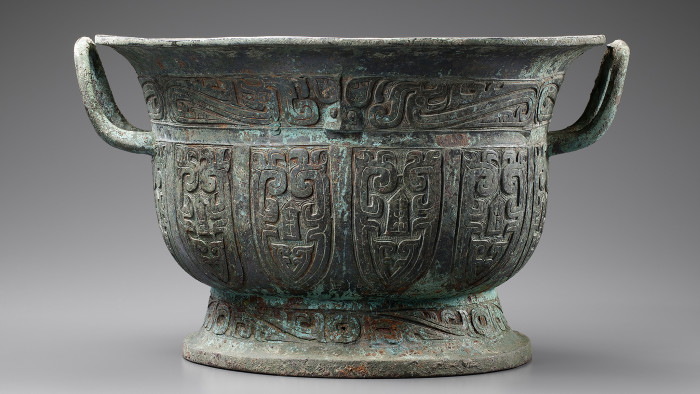
Simply sign up to the Life & Arts myFT Digest -- delivered directly to your inbox.
“Why is there such a separation between the presentation of contemporary and ancient art?” asks the veteran Brussels-based Chinese art specialist Gisèle Croës.
“Artistic expression is a fundamental human impulse and remains, as ever, a matter of mind, inspiration and imagination. I have come to realise that it is very important to remember when exhibiting art that the future and the past are inextricably linked.”
A dealer for some 40 years who has exhibited at top international fairs, including Paris Biennale and Tefaf Maastricht, Croës subtly modified her approach to the market five years ago when she embarked on a series of collaborative shows with Gagosian in Hong Kong and New York, juxtaposing the ancient and the contemporary. In visual counterpoint to the Chinese works, Gagosian showed, for instance, an Anish Kapoor sculpture and Roy Lichtenstein’s “Screen with Brushstrokes” (1986). The response of a new audience prompted Croës’ decision to make her debut at Frieze Masters this year.
What her gallery is offering could be described as A Brief History of Chinese Art — and of Time, for that matter. It is hard to imagine another exhibitor rivalling the span of this display, which begins in a far distant past with a massive Bronze Age painted pottery jar from the shadowy Xindian culture (c1500-1000BC) and hardly less archaic ritual bronze vessels from the late Shang dynasty onwards, and ends with cloisonné enamels dating from the Qianlong period of the 18th century. In between are objects representing at least half a dozen Chinese dynasties — from bronze and earthenware figures to “scholar’s rocks”, via a virtuoso group of inlaid metalwork pieces.
The appeal of these objects to a contemporary audience unfamiliar with the material is twofold. Whether “pure” sculpture or not, monumental or small-scale, the pieces often possess a sculptural quality that is essentially modern, with strong, clean lines and abstracted, simplified forms.
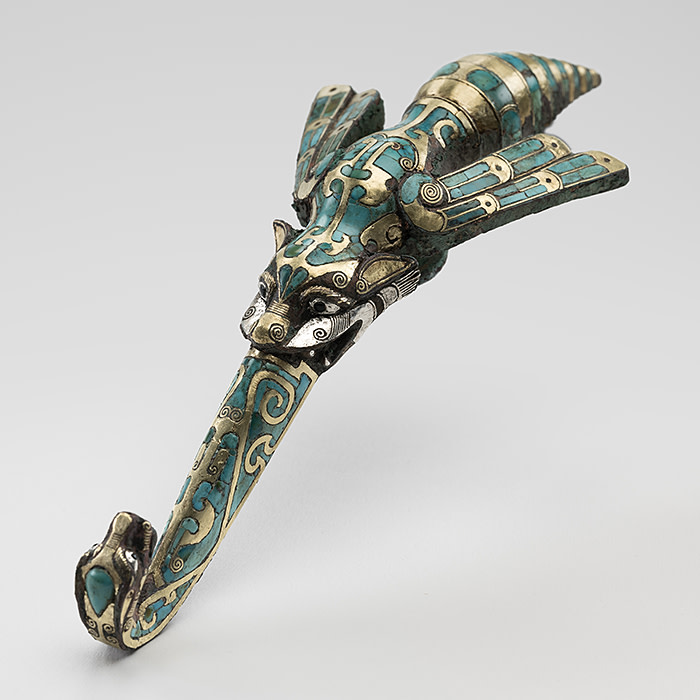
The most ancient of them, Croës emphasises, also have a powerful sense of mystery: they are silent witnesses that not so much open a window on to lost civilisations as offer a tantalising glimpse of them through a chink in the wall. As such they allow the human imagination full rein.
The gallery’s specialism is archaic ritual bronzes, many cast over 3,000 years ago. The best of these bronzes are of a technological complexity and elaboration that would be hard to replicate even now — although forgers do their best. Echoing the forms of everyday items, they were made for ceremonies honouring the memory of ancestors — most of them intended for ritual offerings of food and drink — and would be buried alongside their owners for use in the afterlife. The intricate symmetrical patterns of their cast decoration, the sumptuousness of which depended on the rank of the owner, include zoomorphic motifs of stylised animals, birds and monsters.
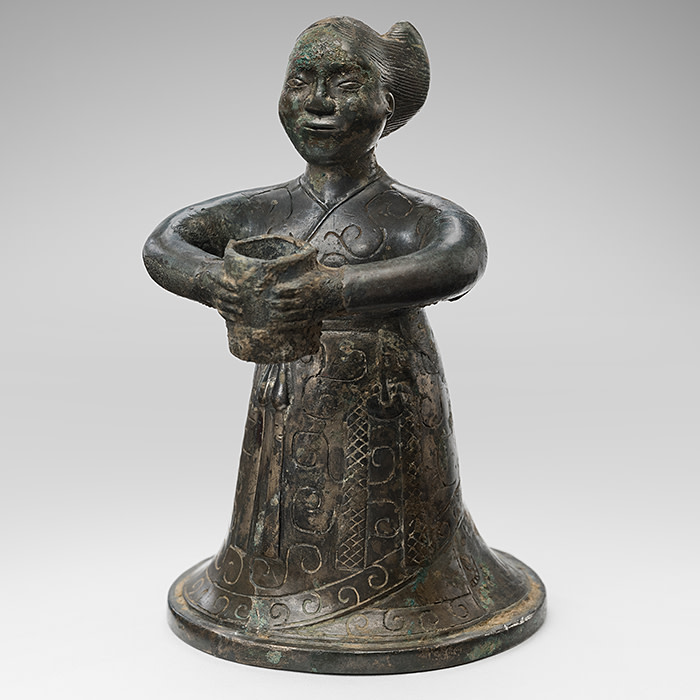
The late Shang dynasty gui food vessel here, of around 1300-1046BC, is striking for its ornamentation, with great studs in high relief, confronting dragons and horned rams’ heads. In the much later bronze bell of the Spring and Autumn period (dating to the early 7th century BC), creatures have spilled out from the bell’s body to be reconfigured in elaborate openwork flanges or ribs. Such bold profiles, argues Croës, make archaic bronzes work well with certain abstract paintings and sculptures. One client displays his alongside sculpture by Richard Serra.
From around the end of the 5th century BC, the importance of the bronze ritual vessel declined and a new range of bronze artefacts emerged, as did new techniques of inlay. These are exemplified by a remarkable group of 20 objects that are the subject of the gallery’s latest catalogue, Earthly Treasures for the Afterlife. Central here is a group of ancient costume hooks — daigou — used to attach to a belt or to fix garments at the shoulder. Those richly ornamented on the underside were evidently conceived as works of art in their own right, and were objects of great fantasy and luxury.
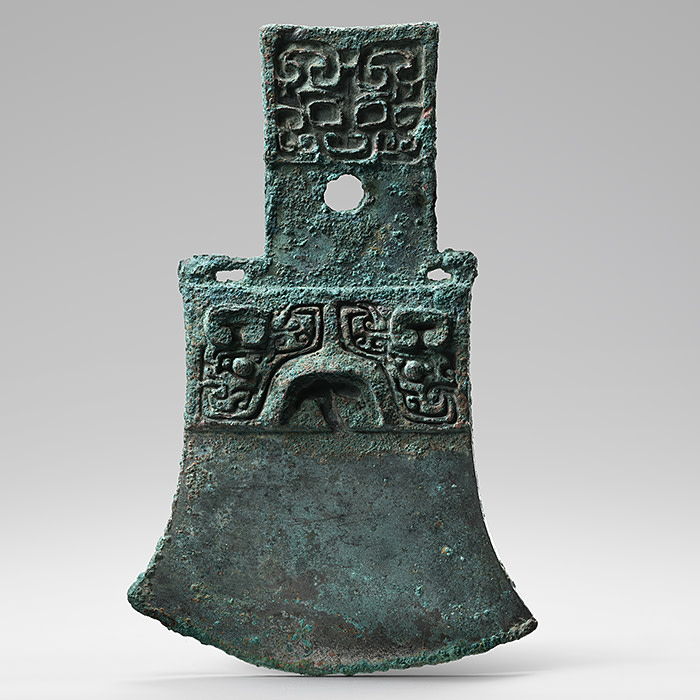
Some are long and elegantly sinuous, with all manner of stylised animal forms arranged in carefully controlled patterns, their animal-head hooks curved serpent-like over their bodies to stare beady-eyed at the viewer. Others are rounder and flatter, conceived as devouring animals that thrash and bite. All are inlaid in combinations of turquoise, gold, silver and glass. One small example from the 3rd-2nd century BC — more like a surprised giraffe than a dragon — bears a happy seven-character inscription translated as “Luck will accompany you forever”.
For Croës, the most mysterious of all the metalwork pieces here is a very rare, sparely minimal tripod stand in silver, dating from 106BC-AD220. Its legs simulate bamboo, and bear scaly dragon terminals and hoofed feet.
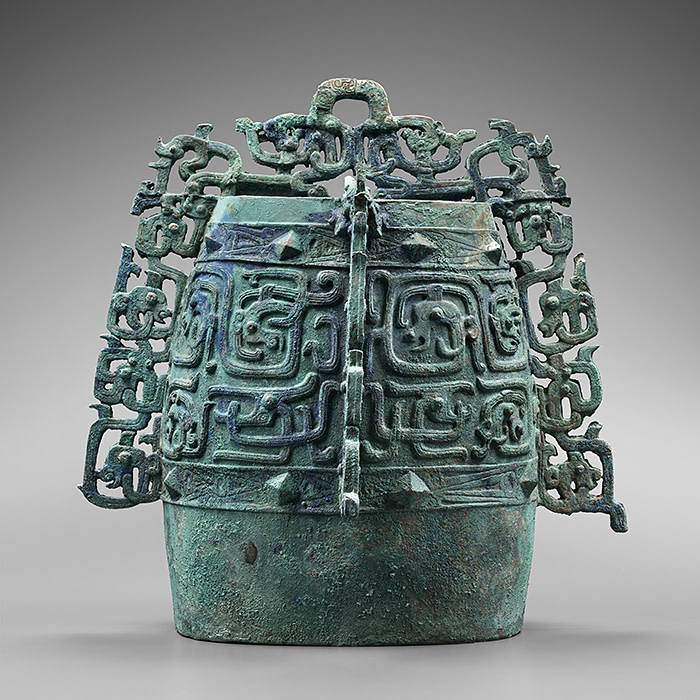
By the 15th century, the turquoise ornamenting metalwork was more likely to be made of cloisonné enamel — for which coloured glass paste was fused inside thin metal walls — than the semi-precious stone itself. Initially Croës restricted these exuberantly coloured pieces to those that echoed the forms of archaic bronzes. Now she readily offers pieces such as a pair of imposing metre-high double-gourd vases and covers, decorated with leafy flowering vines.
While western collectors have long admired cloisonné enamels, the taste for gongshi, or “scholar’s rocks”, is relatively new to them. These found rocks represent a microcosm of the universe — mountains or clouds writ small enough to be contemplated when mounted on a desk or in a scholar’s garden. Most are formed of water-soluble limestone which has been hollowed out by nature into arresting and suggestive forms that encourage the viewer to make imaginary journeys to the peaks that bridge heaven and earth.
The two examples here are contrasting: one vertical and precariously perched on its rosewood base, the other horizontal and formed of striated layers of sedimentary rock. It brings to mind the Grand Canyon. In one sense, these are the oldest of all Chinese works of art.
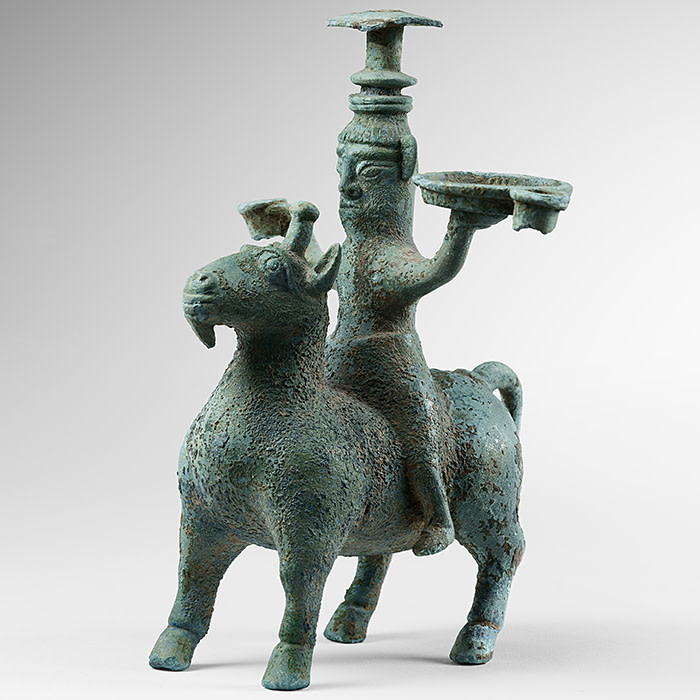
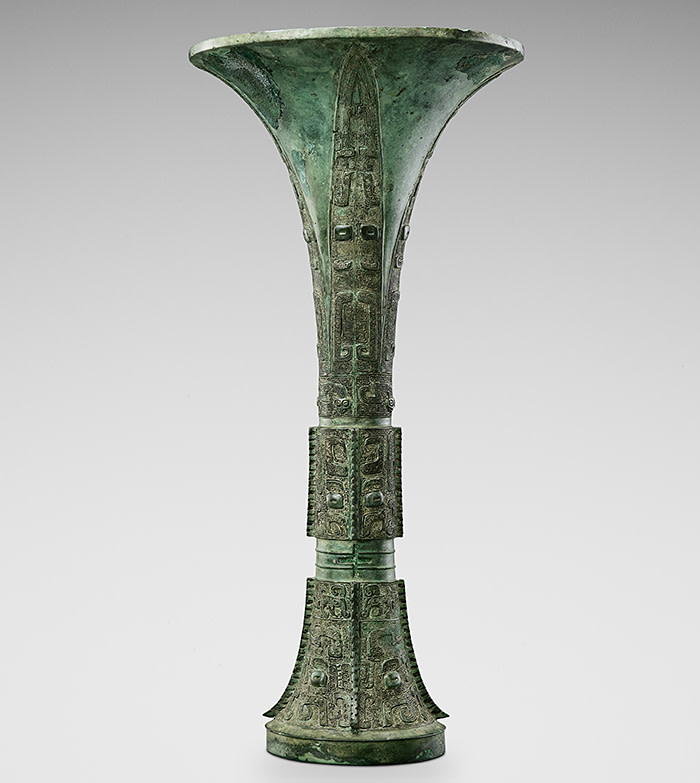
Follow @FTLifeArts on Twitter to find out about our latest stories first. Subscribe to FT Life on YouTube for the latest FT Weekend videos
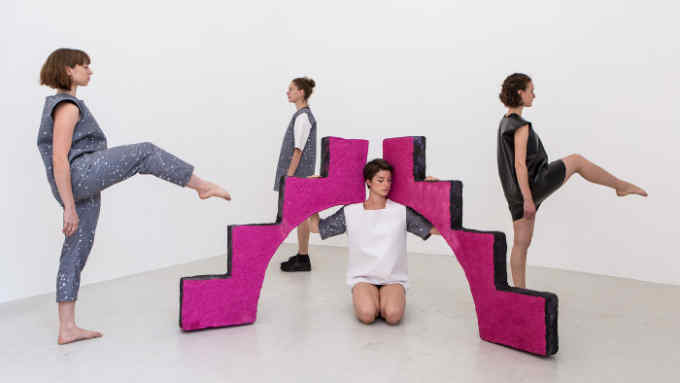
Comments